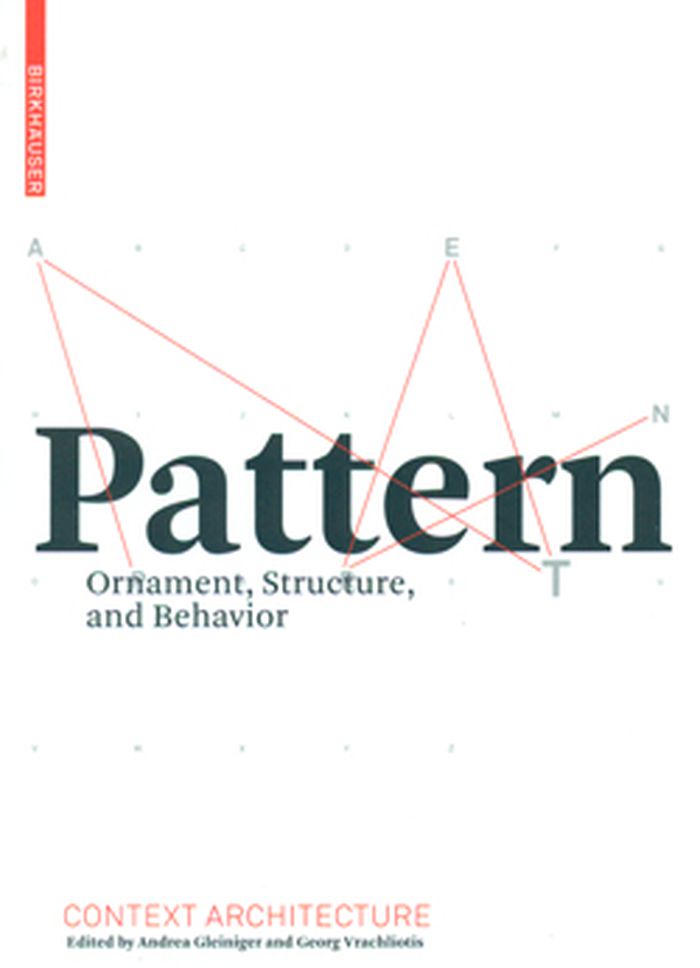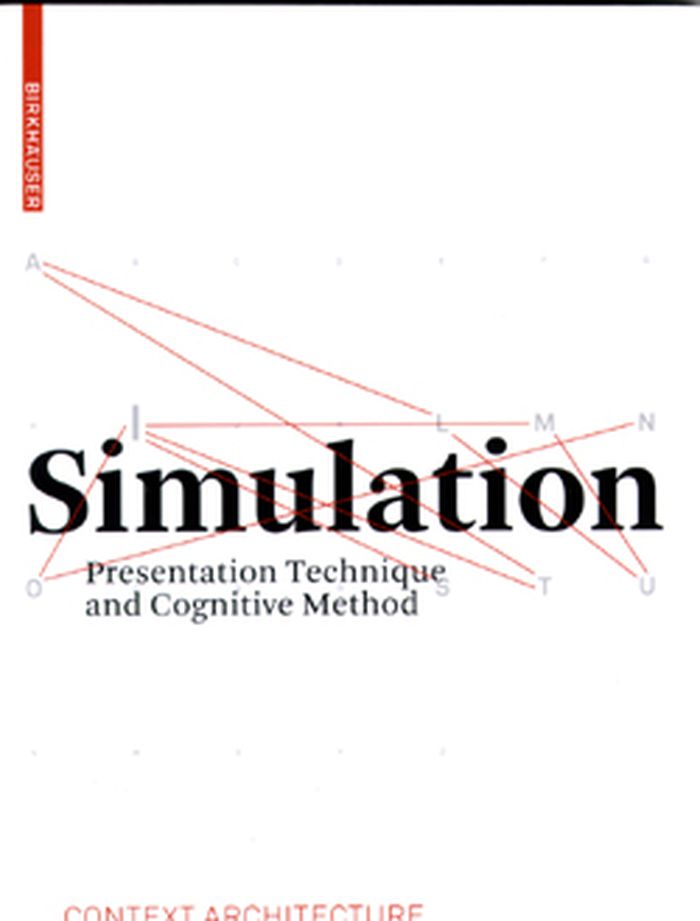$44.00
(available to order)
Summary:
In this electrifying showcase of Max Dudler's power stations, Energy Buildings traces the public works constructions of a man who has mastered the architectural square. Credited as one of the formative minds behind the New Berlin, Dudler's residential work at Gendarmenmarkt, and his transformer substation at Lutzoplatz, reveal cubes that are based in a rational(...)
Architecture Monographs
September 2007, Zürich
Max Dudler: Energy Buildings Bewag/Vattenfall
Actions:
Price:
$44.00
(available to order)
Summary:
In this electrifying showcase of Max Dudler's power stations, Energy Buildings traces the public works constructions of a man who has mastered the architectural square. Credited as one of the formative minds behind the New Berlin, Dudler's residential work at Gendarmenmarkt, and his transformer substation at Lutzoplatz, reveal cubes that are based in a rational architectural evaluation of what is absolutely necessary. Four walls. No frills. As evidenced in the 22 plans included in Energy Buildings, Dudler's core strength is his conceptual backbone, where projects for Vattenfall Europe AG begin as drawings on a page. Beginning with his work for Bewag in the late 80s, the book crisply describes the rise of an architect of the new Germany, a place where an architectural idea is only as strong as the gracefulness of its execution.In this electrifying showcase of Max Dudler's power stations, Energy Buildings traces the public works constructions of a man who has mastered the architectural square. Credited as one of the formative minds behind the New Berlin, Dudler's residential work at Gendarmenmarkt, and his transformer substation at Lutzoplatz, reveal cubes that are based in a rational architectural evaluation of what is absolutely necessary. Four walls. No frills. As evidenced in the 22 plans included in Energy Buildings, Dudler's core strength is his conceptual backbone, where projects for Vattenfall Europe AG begin as drawings on a page. Beginning with his work for Bewag in the late 80s, the book crisply describes the rise of an architect of the new Germany, a place where an architectural idea is only as strong as the gracefulness of its execution.
Architecture Monographs
$34.95
(available to order)
Summary:
As models and paradigms, patterns have been helping to orient architects since the Middle Ages. But patterns are also the basis of the history of ornament, an aesthetic phenomenon that links all times and cultures at a fundamental level. Ornament – and hence pattern as well – was abolished by the avant-garde in the first half of the twentieth century, but the notion of(...)
Pattern: ornament, structure, and behavior
Actions:
Price:
$34.95
(available to order)
Summary:
As models and paradigms, patterns have been helping to orient architects since the Middle Ages. But patterns are also the basis of the history of ornament, an aesthetic phenomenon that links all times and cultures at a fundamental level. Ornament – and hence pattern as well – was abolished by the avant-garde in the first half of the twentieth century, but the notion of pattern has taken on new meaning and importance since the 1960s. Today the use of generative computerized methods is opening up new ways of talking about an idea that is becoming increasingly abstract and dynamic. Pattern explores the question: what are the notions of pattern that must be discussed in the context of contemporary architecture?
Ornementation
$34.95
(available to order)
Summary:
Digitalization has transformed the discourse of architecture: that discourse is now defined by a wealth of new terms and concepts that previously either had no meaning, or had different meanings, in the context of architectural theory and design. Its concepts and strategies are increasingly shaped by influences emerging at the intersection with scientific and cultural(...)
Architectural Drawing
August 2008, Zurich
Simulation: presentation technique and cognitive method (Context Architecture)
Actions:
Price:
$34.95
(available to order)
Summary:
Digitalization has transformed the discourse of architecture: that discourse is now defined by a wealth of new terms and concepts that previously either had no meaning, or had different meanings, in the context of architectural theory and design. Its concepts and strategies are increasingly shaped by influences emerging at the intersection with scientific and cultural notions from modern information technology. The new series Context Architecture seeks to take a critical selection of concepts that play a vital role in the current discourse and put them up for discussion.
Architectural Drawing


